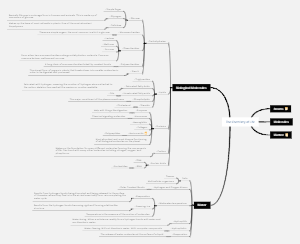MindMap Gallery Study on the dispersibility of pigments
Study on the dispersibility of pigments
The study on the dispersibility of pigments begins with a literature review summarizing previous research in this field. The methodology section details the techniques and protocols used in the study. The experimental setup describes the experimental conditions and equipment in detail. Additionally, the physical and chemical properties of the pigments studied are characterized, and methods for assessing dispersion quality and uniformity are employed to ensure optimal dispersion of the pigments.
Edited at 2024-12-22 09:36:33Study on the dispersibility of pigments
- Recommended to you
- Outline









